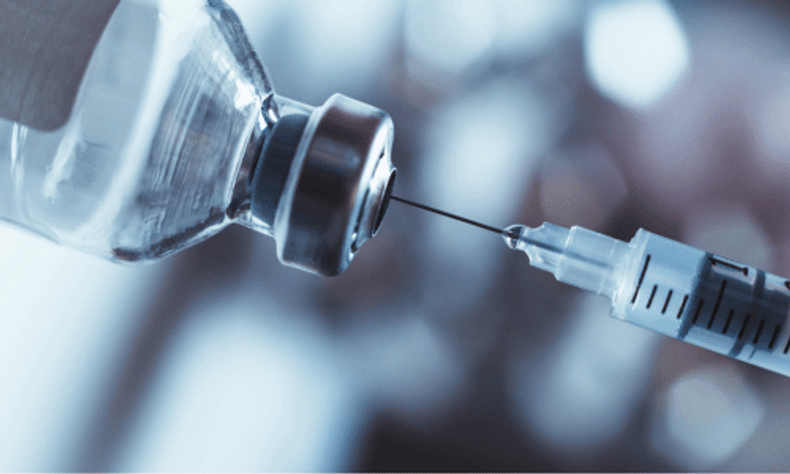When it comes to medical injections, the comfort of the patient is just as important as the effectiveness of the medication. While many factors contribute to injection comfort, one often overlooked element is the design of the needle, particularly the bevel—the angled tip that facilitates the insertion of the needle. In this post, we’ll explore how the design and angle of needle bevels impact both the pain experienced during an injection and the efficacy of the procedure.
Understanding Needle Bevels
A needle bevel refers to the angled, slanted tip of the needle, which helps it to pierce the skin smoothly and efficiently. The bevel’s angle, shape, and length play a significant role in determining the comfort of an injection and how well the needle performs. While needle bevels might seem like a minor detail, they are crucial in reducing discomfort and improving the overall experience of receiving injections, whether in a clinical setting or for personal care like insulin injections.
How the Bevel Angle Affects Injection Comfort
The angle at which the needle bevel is cut directly influences how the needle interacts with the skin and underlying tissues. There are three primary bevel types—each with unique characteristics that affect the pain experienced during an injection:
-
Short Bevel (Low Angle):
-
A short bevel, which has a smaller angle, typically makes the needle more comfortable to insert. It provides a more direct and less traumatic puncture into the skin, reducing the sensation of pain. This bevel type is often used for superficial injections or those that only require the needle to penetrate the top layers of skin.
-
Long Bevel (High Angle):
-
A longer bevel with a sharper angle allows the needle to slide into the skin more gradually, which can reduce the sensation of resistance. This type of bevel is often associated with deeper injections, such as intramuscular or subcutaneous injections. The longer bevel is designed to minimize tissue damage by reducing friction as it enters the skin.
-
Standard Bevel (Moderate Angle):
-
The standard bevel typically offers a balance between comfort and functionality. It's designed to be versatile, performing well for most types of injections, whether subcutaneous, intramuscular, or intravenous. While not as extreme as the short or long bevels, it can provide an ideal balance of penetration ease and comfort for general use.
The Role of Needle Bevel in Pain-Free Injections
Many people associate injections with discomfort or pain, but the right needle bevel can significantly alleviate this. A properly angled bevel can help reduce the pain and trauma of insertion, leading to a more comfortable experience. Here's how:
-
Smoother Skin Penetration: A well-designed bevel allows for smoother skin penetration, minimizing the tugging or pinching sensation that often occurs with poorly designed needles. The sharper the bevel, the easier it is for the needle to enter the skin without excessive resistance, reducing pain.
-
Less Tissue Damage: A needle with a more precise bevel can minimize the damage to the skin and underlying tissues, which is important for reducing inflammation and post-injection soreness. The smoother the needle insertion, the less likely there will be swelling or bruising after the injection.
-
Faster, Less Traumatic Injections: When a needle has the correct bevel, the injection process itself becomes quicker and less traumatic for the body. A faster, smoother insertion means less time for discomfort to build up during the procedure.
How Medical Needle Technology Has Evolved
Thanks to advancements in medical needle technology, needle bevels have undergone continuous improvement. Engineers and researchers are constantly studying how different bevel types and angles impact comfort and injection efficacy. Some of the modern technologies improving needle designs include:
-
Coated Needles: Many modern needles are coated with silicone or other lubricants to reduce friction as the needle moves through the skin. This technology, in combination with an optimal bevel design, makes injections more comfortable by reducing resistance during insertion.
-
Microneedles: For patients who require frequent injections, such as those managing diabetes, microneedle technology offers smaller and less invasive options. Microneedles often have special bevels designed to penetrate the skin with minimal pain, providing a solution for pain-free injections.
-
Self-Injecting Devices: Auto-injection pens are equipped with advanced needle bevels that enhance ease and comfort. These devices are carefully engineered to reduce discomfort by ensuring that the needle enters the skin at the correct angle with minimal force.
The Importance of Bevel Types in Injection Comfort
The bevel of a needle may be a small detail, but it plays a significant role in how pain-free and effective an injection is. By understanding how the angle and design of needle bevels impact the injection experience, medical professionals and patients alike can make more informed decisions about which needles are best suited for their needs. Whether you're dealing with routine injections, like those for insulin management, or more complex medical procedures, paying attention to needle bevel types can enhance comfort and minimize pain.
With advances in medical needle technology, receiving injections has never been more comfortable. If you're concerned about needle pain, consider discussing different needle bevels with your healthcare provider, as they may offer more comfortable options based on your needs.

